2 republics and 1 autonomous region. All of them are located in the north and northwest of the country.
This district of the state was officially recognized in 2000. It included 11 subjects, including the federal administrative center of St. Petersburg. The total area is almost 2 million sq. km, which is about 10% of the total size of Russia. As of 2015, the population is slightly less than 14 million people, of which 80% live in cities.
In economic terms, the Northwestern Federal District is of great importance for the country. Cities with a special place:
- Leading in all respects, of course, is St. Petersburg.
- The capital of the Komi Republic is Syktyvkar.
- The regional center is Kaliningrad.
- The city of military glory is Novgorod.
- The largest port in Russia is Murmansk.
- The center of the municipality is Severodvinsk.
- Urban district - Arkhangelsk.
- Petrozavodsk is the capital of the Republic of Karelia.
- Vologda is a center for the development of science.
- The city of the Vologda region is Cherepovets.
The resources of the Northwestern District allow it to occupy one of the most honorable places in the entire country. It produces titanium, gas, oil, apatite. The county's lands are full of peat deposits and oil shale. Vast deposits of gold, diamonds, nickel, uranium allow the economy of not only the region, but also the entire state to develop rapidly.
Komi Republic
The history of Komi begins in 1921. Until 1936, it was equated to an autonomous region, but from December 5 of that year it was awarded the title of a republic that is part of the Soviet Union. It received its present name on January 12, 1993. During 1994, the constitution was officially adopted, the coat of arms, anthem and flag were approved, and the first elections for the head of the republic were held.
At the moment it is part of the Northwestern Federal District. The composition of the Komi Republic:
- administrative districts - 12;
- cities of republican subordination - 8;
- regional settlements - 2;
- village councils - 190;
- villages - 37.
The industrial crisis fell on the collapse of the USSR. This led to massive migration. From 1990 to 2000, the population decreased by 20%.
At present, the republic's economy is at a high level. It is mainly engaged in the extraction and processing of minerals such as precious stones, oil and gas.
Nenets Autonomous Okrug
According to the Constitution of the Russian Federation, this district is a subject of the state. It received official significance in 1926. The city of Naryan-Mar was designated an administrative center. It is the most sparsely populated area within the Northwestern Federal District. The cities of this region are half-populated by Russians, and the indigenous people make up a little less than 20%. The total population of the district is about 43 thousand people. The autonomous region's charter allows it to operate outside the Russian Federation.

The constituency includes:
- city of administrative significance - 1;
- PGT - 1;
- villages - 42.
The main economic sphere is reindeer husbandry and agriculture.
Republic of Karelia
The first mention of Karelia appeared in the 7th century, these were the tribes of the Baltic-Finnish united union. Since 2001, it has been a full-fledged subject of Russia with its own legislative power. A constitution and basic paraphernalia were adopted. The capital of the republic is Petrozavodsk. Mechanical engineering and metallurgy is the main industry that allows it to occupy a leading position among other regions of the Northwestern Federal District.

The regions of the republic can be divided into northern, southern and central parts. Each of them differs in terms of population and economic development.
- The central part is only 13% of the total population.
- North - about 14%.
- The southern regions of the Republic of Karelia are densely populated - 73%.
The main inhabitants are Russians (57%) and Karelians (37%), other nationalities - 6%.
Saint Petersburg
The only city in the federal district is St. Petersburg. It is the cultural capital of a great state. It was founded by Peter I in 1703. One of the main headquarters of the Russian Armed Forces is located here. Thanks to its direct access to the sea, the main command of the State's Navy is located here.
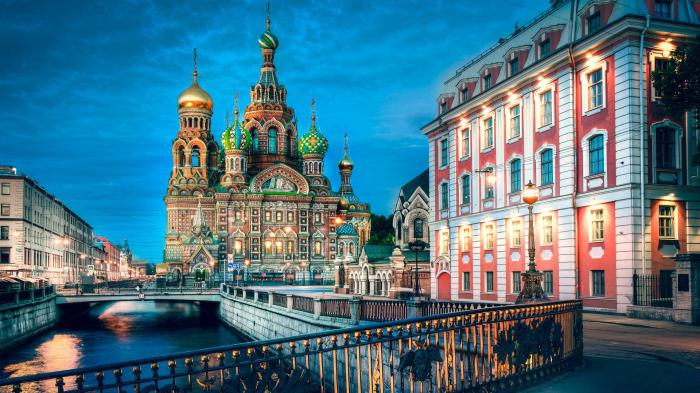
St. Petersburg is a scientific, cultural and industrial center with a highly developed economy, part of the Northwestern Federal District. The composition of the Leningrad Region does not include this city, since it is recognized as an independent entity.
The population is more than 5 million people. Bears the proud name of a millionaire. It is an urban agglomeration, the total area is almost one and a half thousand square meters. km.
Leningrad region
The territory of the Leningrad Region covers 84 thousand square meters. km. This is the only region whose authorities are located in another region (Moscow). In 1993, a constitution was adopted, which recognized the Leningrad Region as a subject of a great state called Russia. The Northwestern Federal District includes this region with 217 municipalities. This is one urban district and 17 districts, which include 61 urban settlements and 138 villages. The region is inhabited by almost 2 million people. The main spheres of industry: construction, metal processing, transport. The approximate annual income is 700-800 billion rubles.

Kaliningrad region
The Northwestern Federal District of the Russian Federation includes In terms of area, it is the smallest in comparison with other regions of Russia. Its dimensions are slightly more than 15 thousand square meters. km. A feature of this area is the fact that after the collapse of the USSR, the Kaliningrad region lost its land border with Russia. The population here is about 960 thousand people.
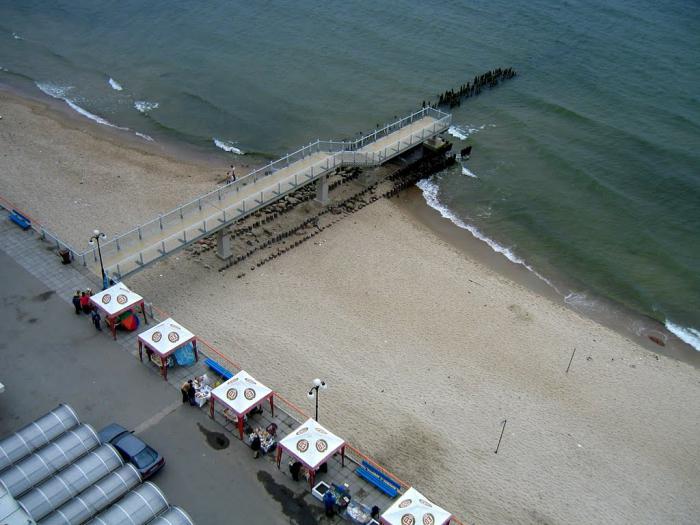
90% of the world's amber reserves are located here. Also in the Kaliningrad region, rock salt, peat, oil are mined.
In 1938, the Murmansk region was formed. It occupies almost 145 thousand square meters. km of area with a population of about 766 thousand people. The Northwestern Federal District unites all of its regions. Such types of industries as non-ferrous metallurgy, mining, light industry, metalworking and chemical industries are well developed. The annual turnover varies around 300 billion rubles, which makes it possible to maintain an average position in the rating of Russian constituent entities. The structure includes 5 districts of self-government and 12 districts of city subordination.
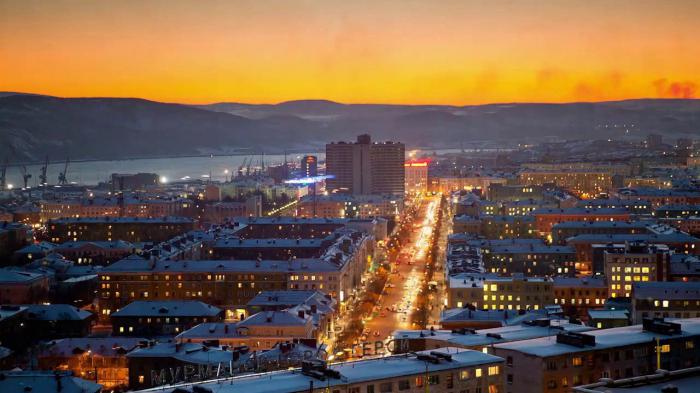
It was formed in 1944, but its borders were finally formed only in 1958. All 4 years of the Great Patriotic War was occupied by the Germans, which largely influenced its development and population. In 1967, she received the highest award - the Order of Lenin - for her courage and swift recovery from hostilities.
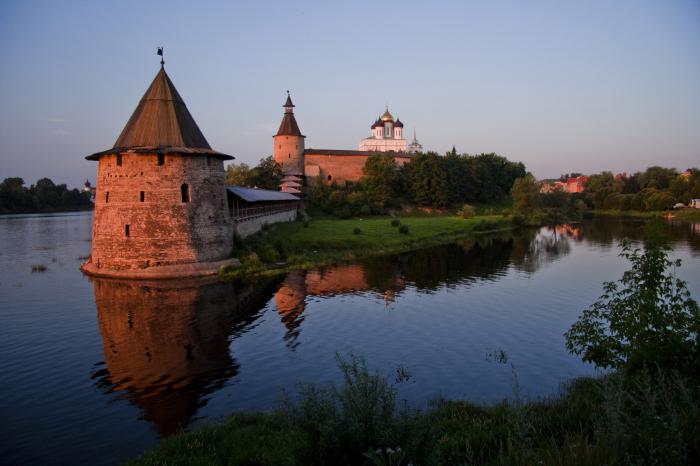
Currently, according to data for 2015, the population of the region is about 650 thousand people. After entering the Northwestern Federal District, its gross turnover reached almost 80 billion rubles. Agriculture, power engineering and construction are well developed here.
The formation of the Vologda Oblast with its present-day borders took place in 1937. However, in 1944, the Pavinsky and Vokhomsky districts passed into the possession of the Kostroma region. The total population is 1.1 million people. The city of Vologda is the administrative center. The indigenous inhabitants are Russians and Vepsians.

Municipalities of the region:
- districts with local self-government - 26;
- districts - 2;
- urban settlements - 22;
- villages - 322.
The most developed industries are power generation and ferrous metallurgy.
The Northwestern Federal District includes 7 regions within its borders. Novgorodskaya occupies the 6th place in terms of area with dimensions of 55.3 sq. km. It was formed in 1944. However, already in 1956 the districts were redistributed, and the village councils of Dmitrovsky and Mozolevsky came under the jurisdiction of the Leningrad region. The population is over 618 thousand people.
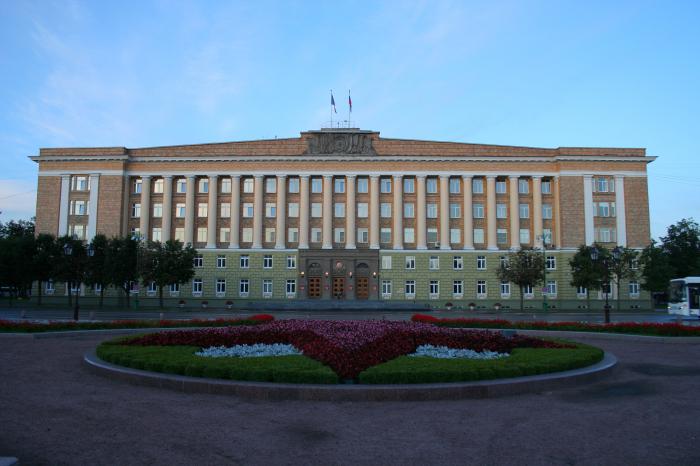
There are 3 cities of regional significance in the Novgorod region. These are Veliky Novgorod - the administrative center, Borovichi and Staraya Russa.
There are 1519 industrial complexes on the territory. Leading spheres: woodworking, chemical, metallurgy.
The largest region of Russia, located in the European part, is Arkhangelsk (590 thousand sq. Km). Its size can be compared with the areas of some countries, for example:
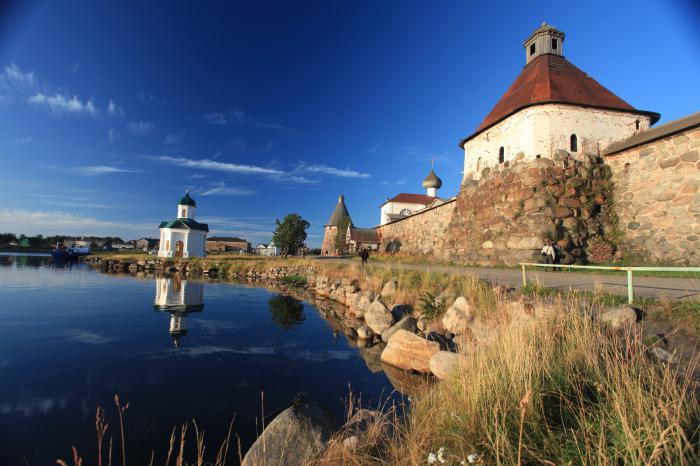
With the division of the Northern Region in 1937, Arkhangelsk was formed. According to data relevant for 2015, the population was almost 1.2 million people. The most important industrial spheres are concentrated in this area: shipbuilding, woodworking, pulp and paper production, diamond mining.




